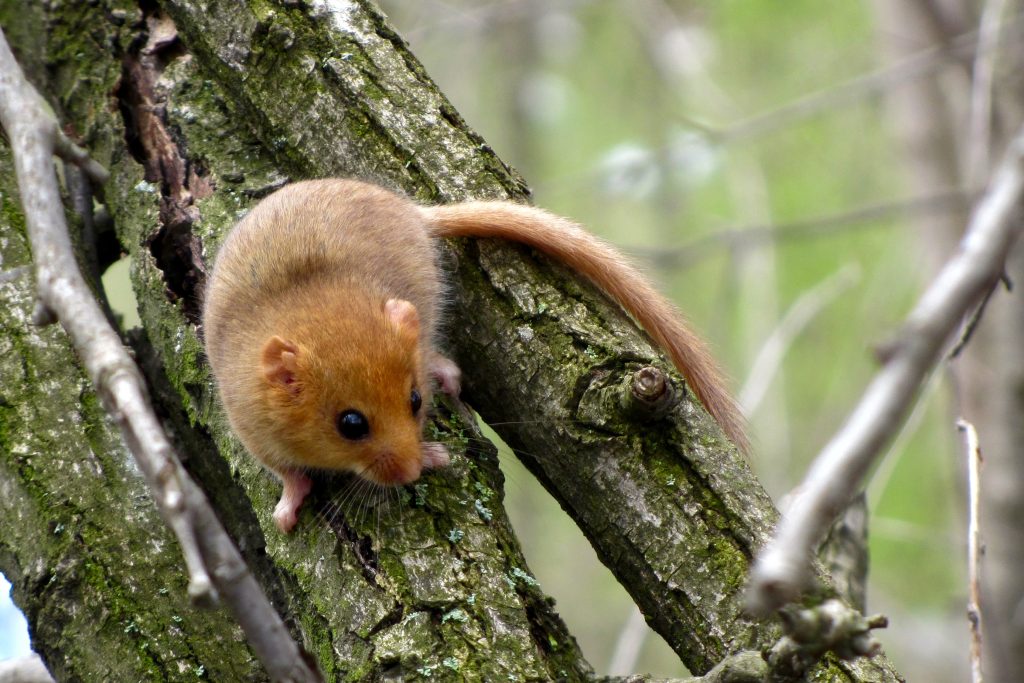About 2,500 years ago an Iron Age community built a small fort overlooking the steeply sloping Gwaun Valley.

Deep ditches and high banks protected their roundhouses. They grew wheat, spelt, barley, oats and beans. They herded pigs, cattle and sheep, spinning and weaving the sheep’s wool to make clothing. Timber for building and wood for charcoal making came from the woodlands they coppiced. They foraged for herbs, nuts and fruits nearby. Very little went to waste, iron knives and tools were sharpened and repaired. Iron Age people worshipped many gods, and some were river deities. The river Gwaun itself, as well as the valley’s waterfalls, may have been sacred to them.
There are many Iron Age sites to explore in Pembrokeshire. You can visit Castell Henllys or Historic Wales to discover more.

Gwaun Valley Wildlife
The Iron Age landscape was an open mosaic of woodlands, meadows, marshes and heathlands full of wild birds, animals and insects.
The Gwaun Valley is special because many of these habitats survive to this day, making it important for species that are becoming rare elsewhere.
Waterfalls and Ice
Cwm Gwaun was carved during past ice ages by water flowing under pressure beneath vast ice sheets. After the last ice age, which peaked 25,000 to 20,000 years ago, meltwater flowing from large glacial lakes eroded the valley, making it deeper.
Smaller streams like Tregynon did not deepen their valleys as quickly. This left ‘hanging valleys’ high above the deeper valley below. Where the Tregynon valley meets the Gwaun valley, the stream spills dramatically over the cliff edge, forming a waterfall.
Tregynon waterfall is the tallest in Pembrokeshire. Historic maps suggest that people made changes to the stream upslope. That may be why Tregynon waterfall is located on the valley side rather than at the valley head.
Protecting our Heritage
If you notice any disturbance or damage on your visit, please report it Dyfed-Powys Police. For further information about Heritage Crime, visit Heritage Watch.










